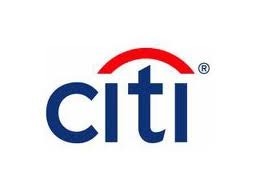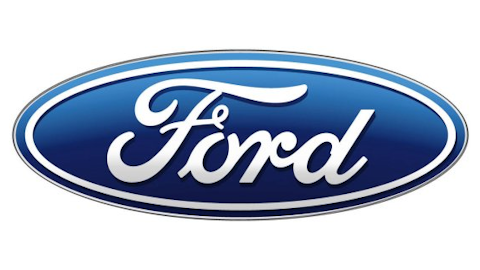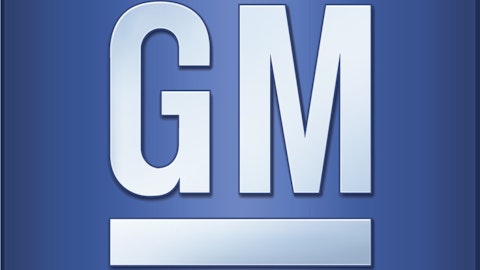Did you know that Citigroup Inc. (NYSE:C) has cut its staff by 25% since the since the financial crisis first hit? For banks, that has become the norm.
Take Bank of America Corp (NYSE:BAC) for example. In late 2011, Bank of America announced that it would eliminate 30,000 jobs. By September 30, 2012 Bank of America axed 17,800 employees. But the headlines continued into September: “Bank of America to Lay off 16,000 Before Year End.” To put it in perspective, 16,000 represents 6% of Bank of America’s entire workforce.

Bank of America reported a net interest margin, the spread between which it can borrow and lend money, of 2.35%, down from 2.45% one year earlier. This trend is constant for all banks – lower spreads produce lower profits. Lower profits force banks to cut costs. One of the easiest ways to cut costs is to trim headcount. So much for the Fed’s job plan.
Besides banks, there is another way that Quantitative Easing is causing losses.
Unfunded Pension Liabilities
I imagine that few can claim they saw this coming – companies taking huge losses because of unfunded pension liabilities. To protect workers, especially in cases of bankruptcy, companies must fund their pension liabilities. And firms forecast their future pension expense (for Defined Benefit Plans) using the net present value of those future cash payouts. The discount rate that firms use is (logically) tied to interest rates.
So when rates plummet, companies find that the present value of future payments soars, because they discount the future payouts by a smaller number. In addition, pensions earn less for the fixed-income portion of their investment portfolios. At the end of the day, companies are left with less return from fixed-income, a greater future payout, and a huge funding gap. Here are a few examples.
Ford Motor Company (NYSE:F)
Ford expects to throw a staggering $5 billion into its pension pool this year to make up its exorbitant $18.7 billion in unfunded pension liabilities. Put another way, Ford expects to transfer to pensions roughly the same amount of money that it invested to purchase equipment, develop new vehicles, and build new plants.
Despite 14% returns in Ford’s pension plans, the company had to fund its pension because its discount rate for NPV purposes fell from 4.6% to 3.84%.
The Boeing Company (NYSE:BA)
Boeing’s charge is so large that it isn’t even worth grouping into its regular income statement. Boeing now breaks its earnings into “core earnings” to separate out its incredible pension expense. Last year Boeing shelled out $1.6 billion into its pension. In 2013 it expects to follow suit, to the tune of another $1.5 billion.
But here’s the scary part. Boeing’s pension is still 26% unfunded.
AT&T Inc. (NYSE:T)
You probably know that AT&T posted a $3.9 billion loss for 2012. The interesting part is that lower interest rates caused a majority of the loss. AT&T lowered the discount rate for its pension calculation, which increased its future costs. In fact, AT&T announced last year that, in order to fund its widening pension liability, AT&T would contribute $9.5 billion of company stock to its pension account.
Verizon Communications Inc. (NYSE:VZ)
Taking a different approach, Verizon decided to outsource its pension management. Last year, Verizon gave Prudential $7.5 billion to manage. Verizon too has struggled to keep its pension expenses to a minimum. The company took $4.4 billion worth of charges against its pension valuation.
And its pension has been a drain on resources. In Q4 2012, for example, Verizon Communications Inc. (NYSE:VZ) funded its pension with an additional $1.7 billion. Here is a question that I am still thinking through: If rates stay low, how will this additional expense affect Verizon’s staple 4.6% dividend payout?
Conclusion
The Fed is expected to keep rates low for at least the next two years. If such a policy stays in effect, I expect bank profits and pension charges (unfunded liabilities) to continue. With such policies in effect, companies will be tempted to tightly manage headcount in an effort to curb costs.
Perhaps the Fed modeled these employment swings when it implemented its Quantitative Easing measures. So maybe these job losses are just casualties of the plan. However, the ironic part is that when it comes to banks and pension charges, the Fed’s policy aimed at job creation is actually curbing job growth at large companies.
The article QE Hammers 5 Businesses originally appeared on Fool.com and is written by Chris Marasco.
Copyright © 1995 – 2013 The Motley Fool, LLC. All rights reserved. The Motley Fool has a disclosure policy.




